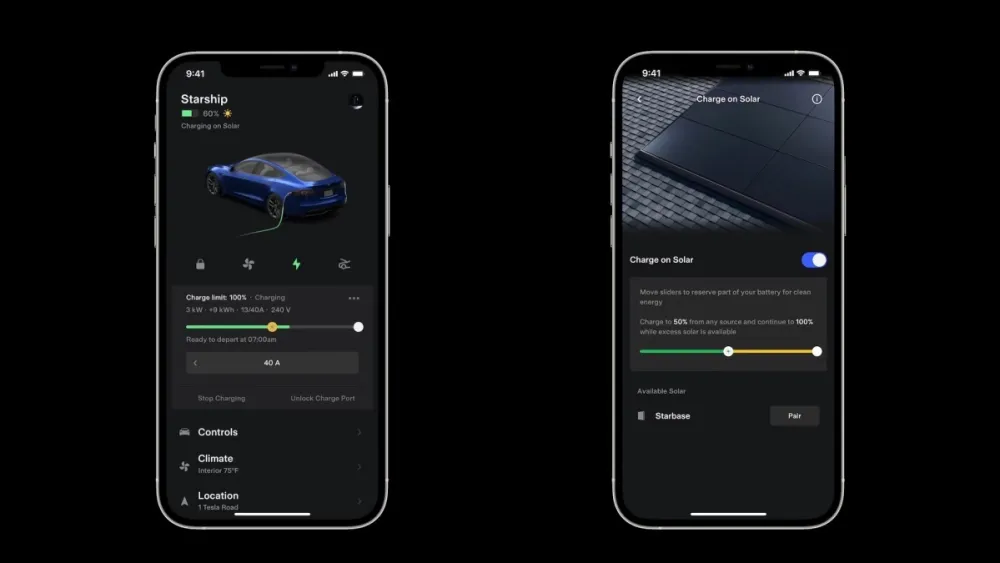Tesla began to open up the function of charging vehicles with solar energy in the North American market
Tesla has officially introduced a solar charging feature for its vehicles in the North American market. This innovation enables vehicle owners to harness solar energy for recharging, given the installation of a home charging station and Powerwall storage system at their residences. Additionally, the system can be complemented with solar panels from any brand, thereby prioritizing solar power for vehicle charging, with grid electricity serving as a supplement when the solar energy proves insufficient.

Prior to this, several Tesla owners had already experimented with DIY methods to replenish their vehicle’s power via solar energy. Clearly, Tesla seeks to underscore the flexibility of its forthcoming models’ power replenishment methods. The company has even showcased a conceptual design of a solar-powered trailer to charge the Cybertruck using solar power generation.
However, the unveiled solar charging feature not only necessitates the installation of a home charging station and Powerwall storage system, coupled with solar panels, but its applicability is also limited to newer models. Owners of models released from 2012 to 2020, such as the Model S, or those released from 2015 to 2020, like the Model X, will be unable to utilize this feature.

Through the updated app, owners can configure their vehicles to charge simultaneously via solar power and grid electricity, thereby hastening power replenishment. The system also automatically switches to solar charging beyond a certain proportion or halts solar charging during specific periods.
Although the feature currently imposes no restrictions on the use of solar panels from other brands, the storage system must exclusively pair with Tesla’s own product. This measure chiefly ensures charging quality and avoids potential issues such as vehicle overcharging.





